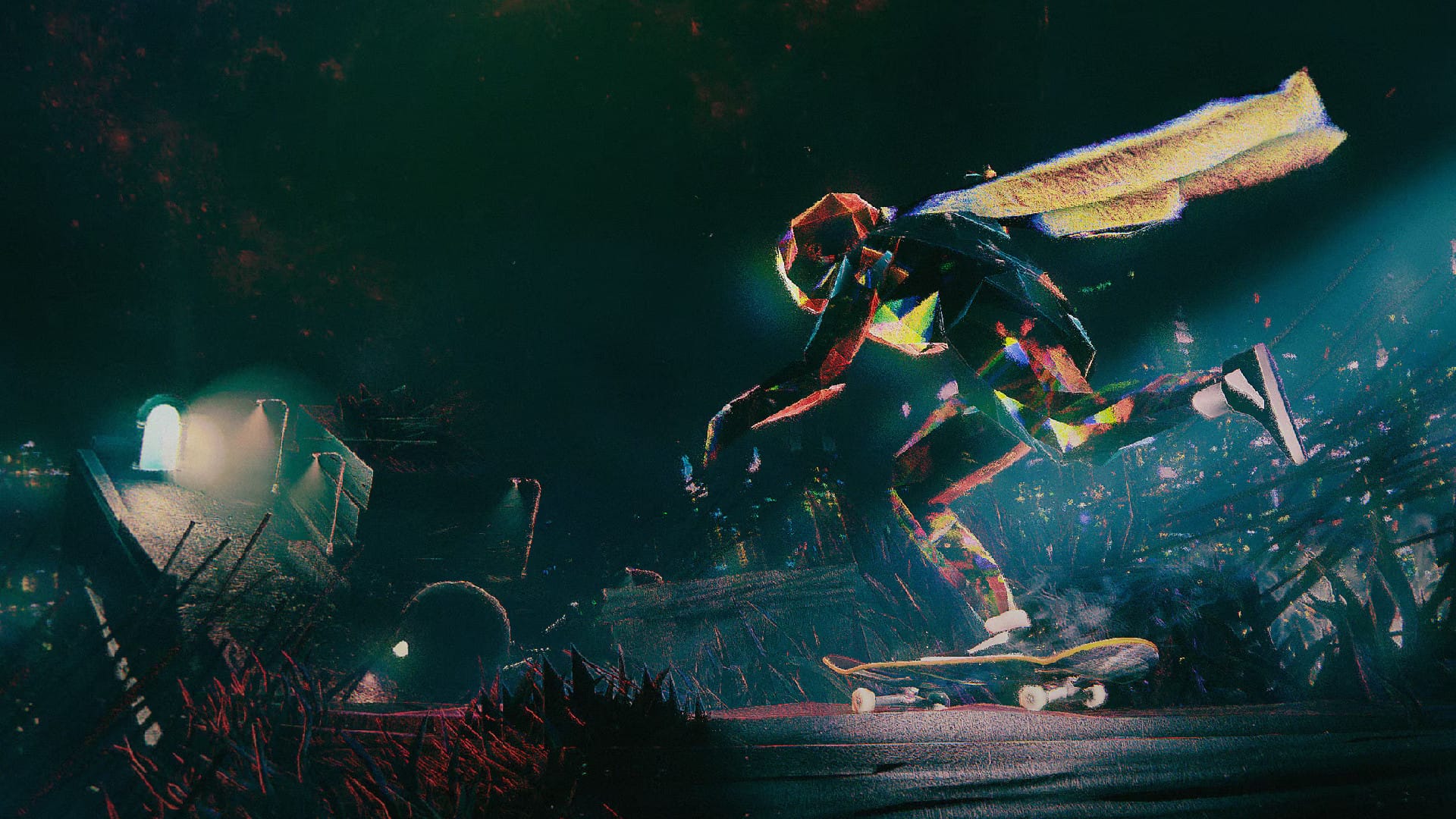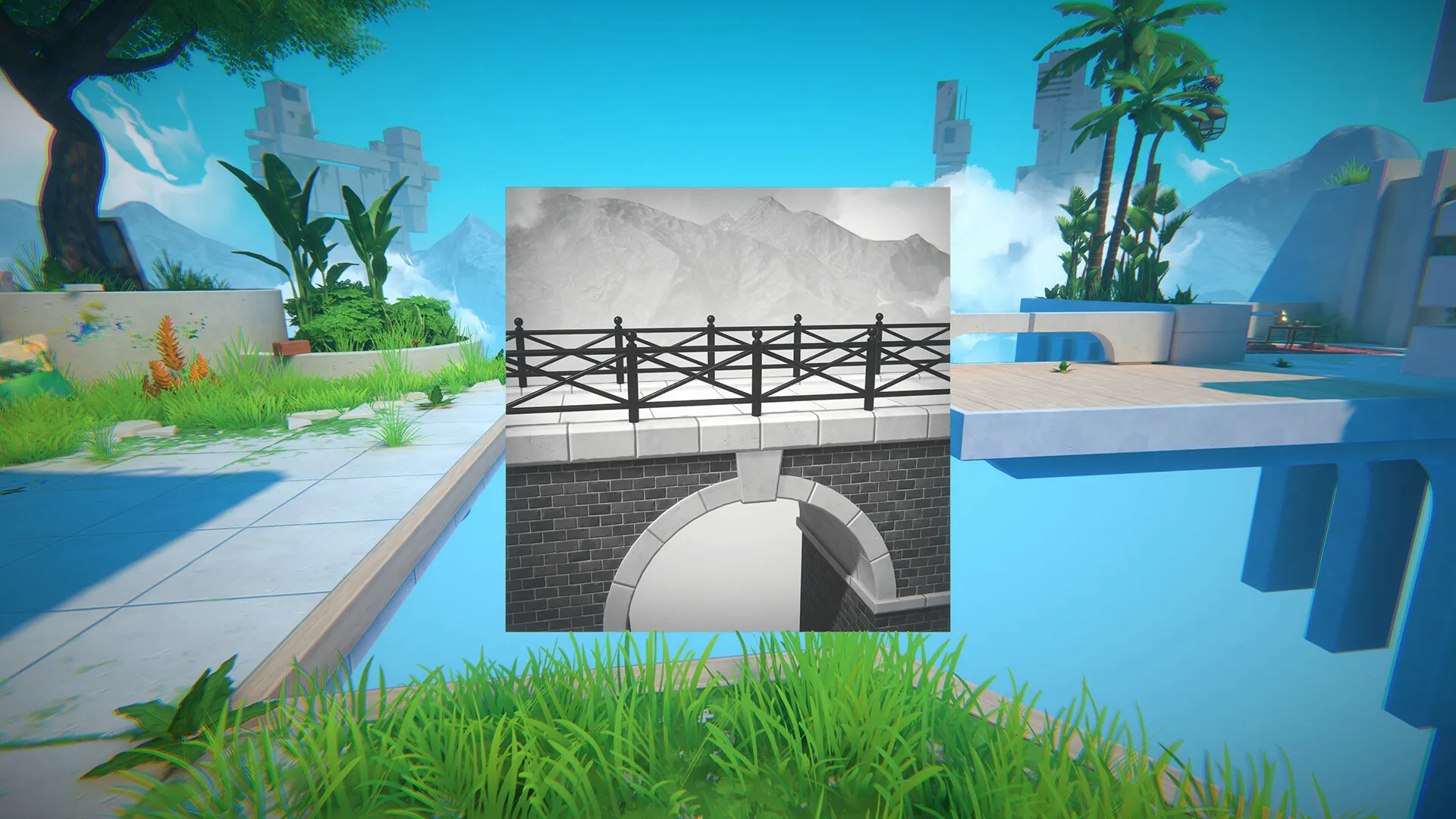Hokuto no Ken, known as Fist of the North Star outside of Japan, was one of the modest popular mangas and mangas of the 1980s. In it, a wandering warrior in an post-apocalyptic nuclear wasteland named Kenshiro is the among the few who know the secrets of Hokuto Shinken, an ancient martial art that can be used to decimate enemies by striking their vital points. His mission in life was to roam the world and rid it of those who do evil, and through the course of that comic’s story, he spilt gallons upon gallons of blood, as gang members and other sort of villains fell, blown up from the inside out thanks to his comical, but still rather deadly technique.
Its trademark art style and violent story helped garner a strong fanbase that’s survived for over 30 years, so much so that since its inception, Hokuto no Ken’s gotten quite a number of video games. The latest is a collaboration with Yakuza’s developer Ry Ga Gotoku Studio, called Fist of the North: Lost Paradise. By the time it begins, Kenshiro is already well trained in Hokuto Shinken and is searching for his kidnapped fianceé Yuria, who rumor points to be in a haven in the desert that the world’s turned into after nuclear war dried all of the oceans, conspicuously called Eden.

Like the Yakuza games it’s molded after, Lost Paradise is a character adventure with a dose of beat ‘em up. Taking cues from its source material, Fist of the North Star, fights break out and are dealt with using the secret techniques that Kenshiro is so good at, which basically boils down to blowing up enemies in a few different ways. But before any of that goes on, you have to weaken your foes down with normal fighting moves like punches and kicks, and when they enter a dizzy state, you’re able to perform a special attack.
Sometimes, these moves can even damage other thugs moving about the arena, but the main gist of using them is that they take a huge chunk of health off of their bars. Thing is, there’s only so many of these attacks, and they get repetitive really quickly, especially thanks to the canned animations tied to them that can’t be skipped when used. Get used to hearing Kenshiro utter his trademark line “You’re already dead”… you’ll be hearing it a lot.
The main issue with the combat is that even though you’re able to upgrade moves, buy new ones and unlock extra finishers, fighting in Fist of the North Star tends to be incredibly one note, which is a big shame considering that the main draw of the manga and anime is exactly that, the huge fights that Kenshiro manages to get himself into.

Even though there are boss fights every now and then, they’re basically stronger damage sponges that don’t vary much in the way you have to fight them: whittle down their defences and perform some quick time button prompts and you’re done. It would’ve been an entirely different story to fight hordes of enemies one after the other if moves didn’t come out so stiff, locked up. In many ways, the combat that wasn’t ever the strongest aspect of Yakuza to begin with — I’ve had issues in regards to that for years now when it comes to that series — feels even worse this time around.
It doesn’t help that Lost Paradise is such a linear affair. Maps are literally corridors you run from point to point, with very little interaction in between outside of hearing what the few citizens you run into have to say, or just saving your game, which you can only do at the end of chapters or by talking to the same NPC that manages your inventory. The overall experience feels like a relic of the early 2000s. At least Yakuza throws in some interesting and entertaining side quests, which is a far cry from anything other than the story that Fist of the North Star throws your way. There’s a few minigames to play, though, the most fun of which are old Master System carts that you can find, such as Space Harrier and Super Hang-On, as well as a bartending side activity and even baseball, which much like Kiryu’s own, prove to be worthy distractions, if anything but distractions.

Visually, it’s quite mixed. The main cast looks great, thanks to the striking art style that screams 1980s anime, with exaggerated proportions and muscles, muscles, muscles (and muscles!) and the whole Mad Max-esque aesthetic is fun, too. Annoyingly so, characters outside of that are pretty bland and not at all varied. Thugs come in a few different shapes and sizes, but you’ll quickly run into repeats, with character models coming in doubles during a single brawl. The same can be said about the environments in the game that are about as lacking in depth as Old West sets — pretty exteriors but not a whole lot going on behind them. It would’ve been really cool to have a richer world to explore given the setting for Fist of the North Star, even more so considering how rich the cities in the latest Yakuza games have been.
Fist of the North Star: Lost Paradise is proof that following a formula just isn’t enough to make a game fun. It lacks the quality writing, varied gameplay and compelling world found in the Yakuza games, and even though those games also suffer from repetitive combat, Fist of the North Star’s managed to grow boring after the first 20 minutes when I started playing. Fans of the manga and anime should check this out if only for the subject matter and presentation that’s extremely faithful to Buronson and Tetsuo Hara’s work. It’s safe to say that there just isn’t enough here to hold your interest if it’s the first time you’ve come into contact with Hokuto no Ken. Sure, it’s ridiculous and just plain comical in its violence, but it all feels like window dressing to hide an otherwise pretty thin game. There are better adventure brawlers out there, and you don’t need to look much further than Sega’s own catalog.




